13 Things to Clean, Cut, and Cover in Your Garden This November
November brings with it a chance to focus on getting your garden prepped and ready for the cold. It’s time to clean up fallen leaves, trim back plants, and provide extra care to delicate spots that need some protection. Taking the time to do these tasks now will help ensure your garden makes it through the winter months unscathed. With a little effort, your garden will be set to thrive come spring.
This post may contain affiliate links, which helps keep this content free. Please read our disclosure for more info.
Clean Up Fallen Leaves in Your Garden

Fallen leaves can quickly accumulate in your garden, creating a cluttered and damp environment. It’s important to clean up the leaves regularly to prevent them from smothering your plants and creating a breeding ground for pests. Rake up the leaves and compost them, or use them as mulch for your garden beds. Removing the leaves also helps maintain a tidy and healthy garden space. If you leave them too long, they can attract mold and fungi, which can harm your plants.
Cleaning up leaves in November is a simple but necessary task that will help your garden thrive. If you have large trees in your garden, consider using a leaf blower to speed up the process. It is also important to avoid leaving piles of leaves in your lawn as they can suffocate the grass. Taking care of fallen leaves will make it easier for your plants to get sunlight and nutrients during the winter. This task will also help in preventing the buildup of moisture that can cause damage to your garden.
Cut Back Dead or Overgrown Plants

Cutting back dead or overgrown plants helps maintain the health of your garden. Remove any dead stems, leaves, or flowers to prevent the spread of disease or pests. By cutting back overgrown plants, you allow more air circulation, which is beneficial for other plants around them. This practice also encourages fresh growth when spring arrives. November is a great time to prune back plants before the colder weather sets in.
When cutting back plants, use sharp garden shears to make clean cuts, which helps prevent damage. Be sure to cut plants just above the soil level or to the next healthy bud. Cutting back plants also improves the appearance of your garden by eliminating unsightly growth. Some perennials benefit from a hard cutback, while others require only light trimming. It’s essential to research your specific plants to ensure you are trimming them properly for the season.
Cover Vulnerable Plants for Winter Protection

Covering vulnerable plants helps protect them from the harsh winter conditions. You can use row covers, burlap, or frost blankets to shield your plants from freezing temperatures and strong winds. It’s especially important for tender plants or those that have not yet hardened off for the season. By covering these plants, you give them a better chance of surviving the cold and coming back strong in the spring. Be sure to remove the covers during the day if temperatures rise above freezing to prevent moisture buildup.
Using covers for plants is an effective way to extend your growing season. Plants like herbs, tropical plants, or young shrubs may need protection from frost or snow. Proper covering prevents the plants from experiencing frost damage, which can stunt growth or kill them. It’s important to ensure the cover doesn’t touch the plants directly to allow for airflow. Check on your covered plants regularly to make sure they remain secure and adequately insulated.
Clean Your Garden Tools and Equipment
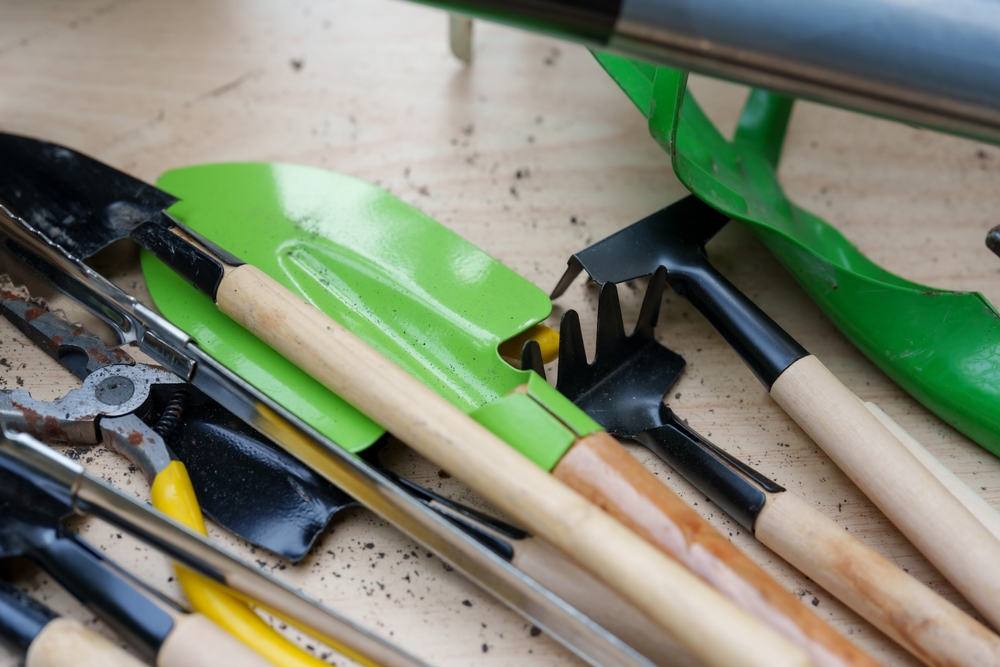
November is a great time to clean your garden tools to ensure they’re ready for the next season. Cleaning your tools prevents the buildup of dirt, sap, and rust, which can damage them over time. Start by washing tools with warm soapy water, followed by drying them thoroughly to avoid rust. Sharpening the blades of your pruners, shears, and hoes ensures they work efficiently when you need them next. After cleaning, apply a thin layer of oil to metal parts to protect them from corrosion.
Taking the time to clean your garden tools in November will prolong their lifespan and improve their effectiveness. While cleaning, check for any damage or wear, such as loose handles or broken parts. Repair or replace any tools that need attention to avoid problems during future gardening tasks. Regular tool maintenance is an important part of keeping your garden in top shape. Keeping tools sharp and well-maintained helps reduce the effort required when working in the garden.
Cut Back Perennials to Prepare for Winter

Cutting back perennials helps protect them during the colder months and keeps your garden tidy. Trim any dead stems, flowers, or foliage from plants such as hostas, daylilies, and peonies. Cutting them back ensures that the plants have enough energy stored in the roots for the upcoming growing season. Be sure to leave some perennials like ornamental grasses intact for winter interest and structure. Pruning these plants now helps to prevent pests from overwintering in the dead plant material.
When cutting back perennials, avoid cutting them too early, as some benefit from the insulation of dead growth during winter. Make sure to cut just above the soil level, but not too close to the ground. Cutting back perennials reduces the chances of disease and mold taking root. This simple task can also prevent plants from becoming too leggy and promotes healthy growth in the spring. Proper care now will make it easier for your perennials to thrive once the weather warms.
Clean and Organize Your Garden Shed

November is the perfect time to clean and organize your garden shed before the winter months. By clearing out old tools, broken pots, and unnecessary items, you create a more functional space for your gardening needs. Take inventory of your supplies and dispose of anything that’s no longer usable. Wipe down shelves, wash any containers, and store tools in a way that makes them easy to access in the spring. A clean and organized shed helps keep your tools in good condition and makes your gardening tasks easier.
Cleaning your garden shed also prevents pests from making it their winter home. Ensure there are no cracks or openings where rodents could enter. Organizing your tools and supplies not only saves time but also protects them from damage during the colder months. It’s a great time to label any containers of seeds, fertilizers, or plant food to ensure they’re ready for the next planting season. Starting with a clean shed will help you stay organized and prepared for the next gardening season.
Cover Garden Beds with Mulch
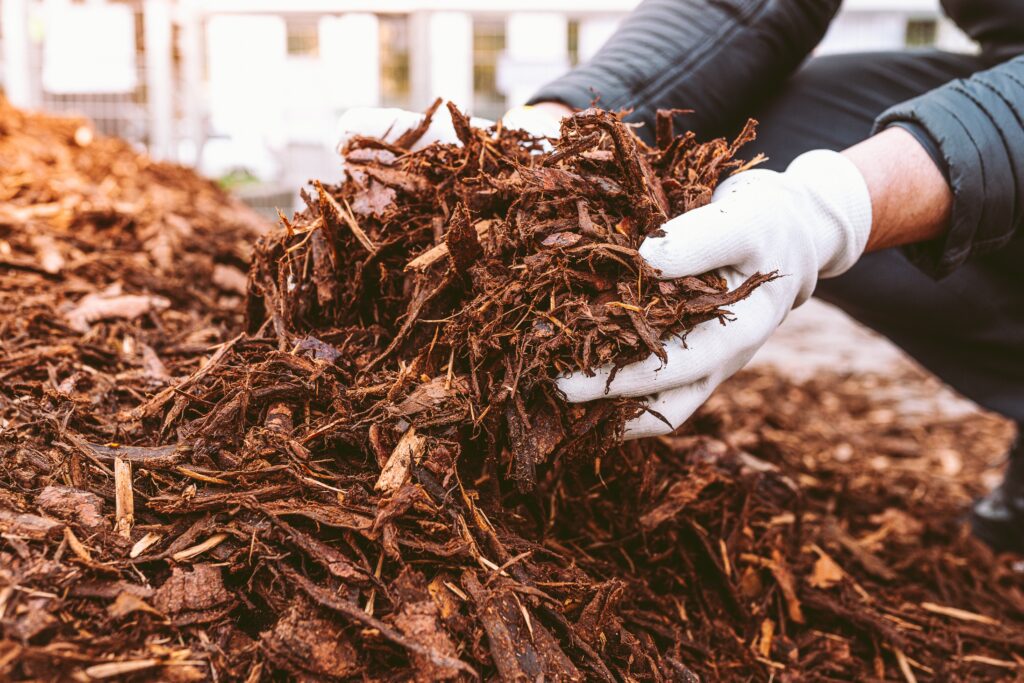
Covering garden beds with mulch provides insulation and helps preserve moisture in the soil throughout the winter. Apply a thick layer of organic mulch like shredded leaves, straw, or wood chips to protect plant roots from freezing. Mulch also suppresses weed growth and promotes healthier soil. It helps keep the soil temperature stable, which is especially important for perennial plants and trees. Be sure to mulch your garden beds before the first hard frost to ensure maximum protection.
In addition to protecting your plants, mulch adds nutrients to the soil as it breaks down over the winter. This simple task reduces the need for additional watering, as the mulch helps retain moisture. It’s important to avoid piling mulch directly against plant stems or trunks, as this can lead to rot. By mulching your garden beds in November, you’re setting the stage for healthy growth come spring. This step is crucial in maintaining a thriving garden all year long.
Clean and Prepare Rain Barrels for Winter
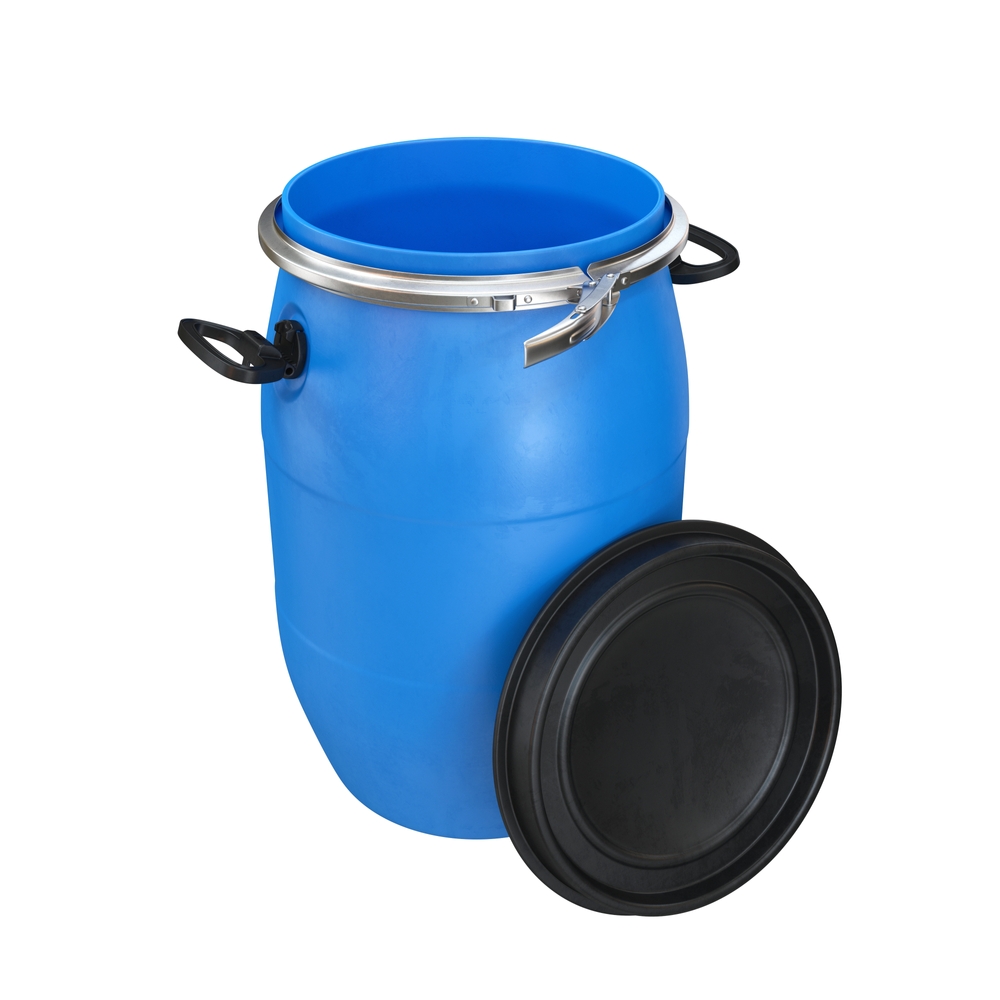
Preparing your rain barrels for winter is an important step to prevent freezing and damage. Begin by emptying the barrels of any remaining water to avoid freezing. Clean the interior to remove any algae or debris that may have collected. Cover the barrels with a tight-fitting lid or tarp to prevent debris from getting in during the winter. If you live in an area with freezing temperatures, it’s a good idea to store the rain barrels indoors or in a sheltered space.
Taking the time to properly store your rain barrels ensures they’ll be ready for use when the rain returns in the spring. By preventing freezing, you avoid the costly repairs that could result from cracked plastic or damaged spigots. This simple winterizing task extends the life of your rain barrels and helps you save water for the garden in the warmer months. It’s an easy way to ensure your rain collection system remains in good working order. Regular maintenance now can make next year’s gardening season even easier.
Cut Back Shrubs and Bushes
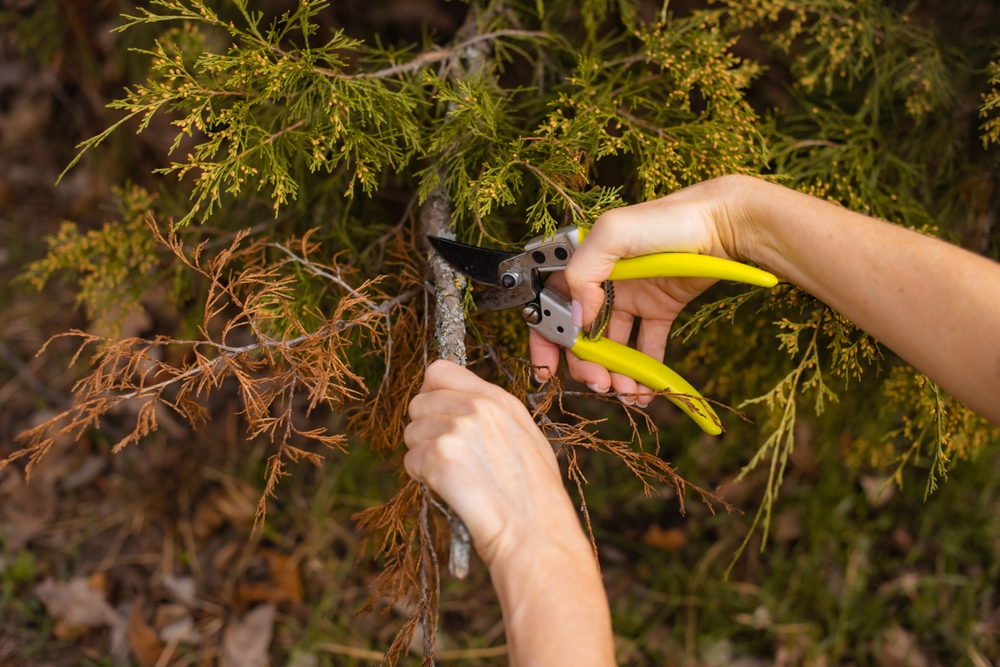
Cutting back shrubs and bushes in November helps keep them healthy and manageable for the next growing season. Start by trimming dead or damaged branches and shaping the shrub to promote better growth. Be careful not to cut back too much of the plant, as some shrubs, like lilacs and forsythia, bloom on old wood. Trimming now will prevent damage from snow and ice and help maintain the shape of the plant. You can also remove any suckers that may be growing from the base of the plant to encourage stronger growth.
When cutting back shrubs, use sharp pruning shears to avoid damaging the branches. Make sure to prune in a way that encourages air circulation within the plant, which helps prevent fungal diseases. Some shrubs, like roses and hydrangeas, may require special care, so research the best pruning method for each type. Cutting back your shrubs and bushes before the cold sets in prepares them for a strong start in the spring. This task not only helps your plants stay healthy, but it also keeps your garden looking neat and tidy.
Cover Cold-Sensitive Plants with Cloth or Plastic
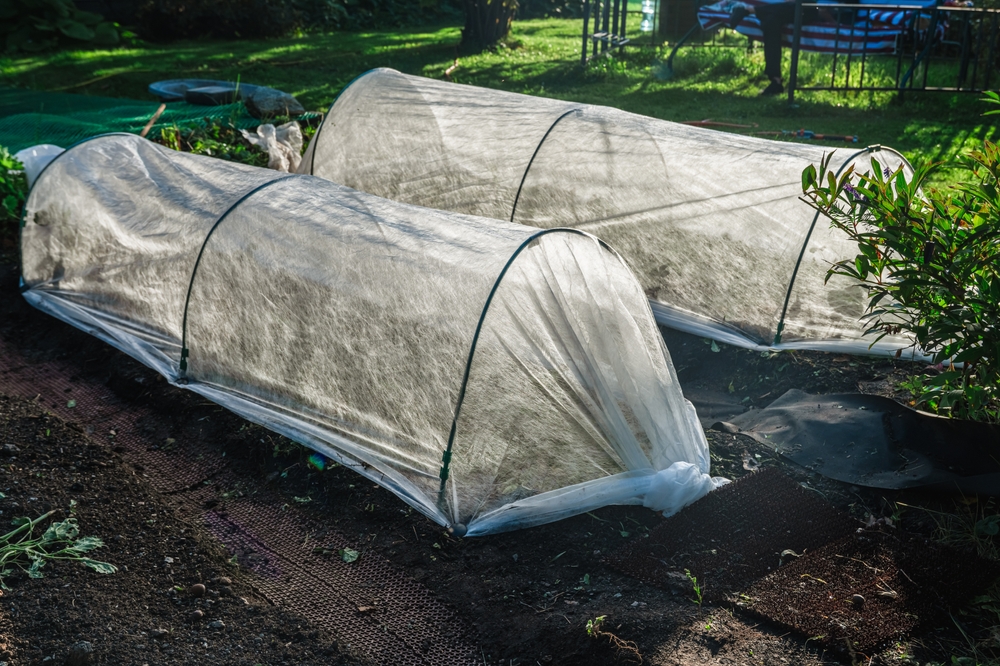
For plants that are particularly sensitive to frost, covering them with cloth or plastic provides essential protection. Use frost blankets or old sheets to cover your plants before the first frost arrives. The cover traps heat from the ground and prevents cold air from reaching your plants. Be sure to secure the cover around the base of the plant to keep it in place during windy conditions. This simple task can prevent frost damage and ensure that your plants survive the cold.
When covering plants, make sure the fabric doesn’t touch the plant itself, as this can cause damage. If you use plastic, ensure it is breathable to prevent moisture buildup. Remove the cover when the weather warms up during the day to allow sunlight and fresh air to reach the plants. Covering your garden properly in November will help protect it from frost and cold winds. This extra layer of protection can make all the difference for tender plants during the winter months.
Clean Up Debris from Garden Paths and Walkways
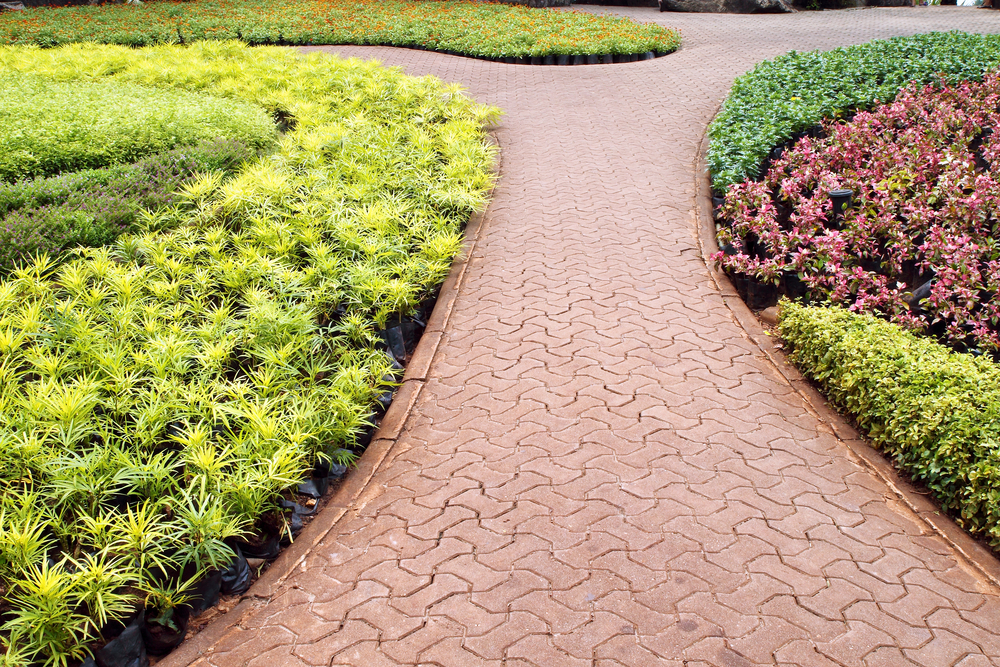
Cleaning up debris from garden paths and walkways helps maintain safety and beauty in your garden. In November, leaves, twigs, and dirt can accumulate, making paths slippery and less inviting. Use a broom or blower to clear the paths of fallen leaves, dirt, and other debris. You can also consider washing stone or brick paths to remove moss or mildew buildup. Keeping your walkways clear helps prevent accidents and ensures your garden remains pleasant to walk through during the cooler months.
Not only does cleaning your paths keep things neat, but it also prevents dirt from getting tracked into your home. If your walkways are lined with plants, make sure not to damage them while cleaning. Regular maintenance helps preserve the integrity of your garden paths and keeps them looking fresh. You’ll find that a clean path not only improves the look of your garden, but it also makes moving around your outdoor space easier. Make this task part of your November gardening routine for a tidy and functional garden.
Remove Weeds Before They Take Over
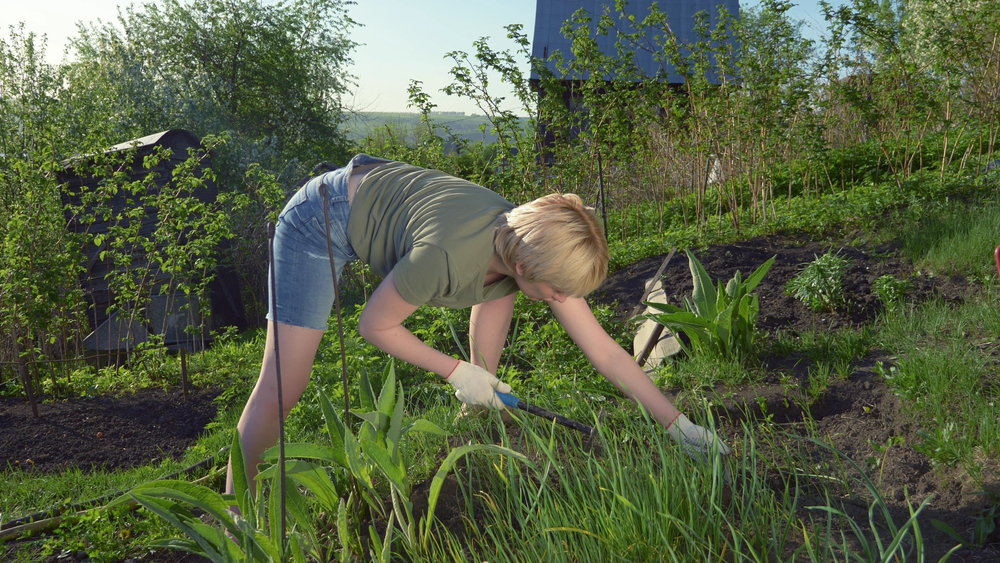
Weeding in November ensures that your garden stays free of unwanted growth. Weeds can be particularly troublesome if left unchecked, as they can spread quickly during the winter months. Make sure to pull out any weeds by hand or use a hoe to remove them from the soil. If you have stubborn weeds, apply an organic weed killer to prevent them from regrowing. Keeping your garden weed-free will help protect your plants and make for easier spring gardening.
Removing weeds now prevents them from taking over your garden beds in the spring. If left to go to seed, weeds can cause future problems by germinating when the weather warms up. November is a great time to clear out weeds before they become a bigger issue. Hand-pulling or digging up roots ensures that the weeds won’t come back. A little work now will save you a lot of hassle later in the season.
Cover Raised Garden Beds with Tarps

Covering your raised garden beds with tarps in November helps protect the soil from freezing and compaction. The tarp acts as an insulator, keeping the soil temperature more stable throughout the winter months. You can use a heavy-duty tarp or plastic sheeting to shield the beds from cold winds and snow. This method helps preserve soil structure and keeps beneficial microbes active. It’s a great way to prepare your garden beds for the next growing season.
Tarps also prevent moisture from evaporating, ensuring that the soil stays moist for your spring plants. Before covering, make sure to remove any weeds or dead plants from the beds. Be sure to secure the tarp tightly around the edges to prevent it from being blown away. This simple step will help you maintain healthy soil and ensure that your garden is ready for planting when spring arrives. By covering your raised garden beds now, you’re setting your garden up for success next year.
Preparing your garden this November will help it weather the cold and come back strong in the spring. By cleaning, cutting, and covering your plants, you give them the protection they need to survive. These tasks may seem small, but they make a big difference in the health and appearance of your garden. Start now, and your garden will thank you in the coming months.
This article originally appeared on Avocadu.
